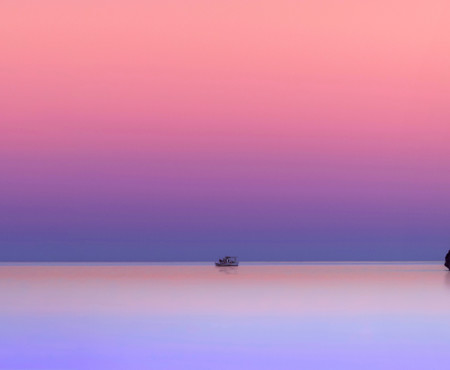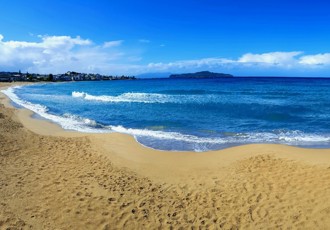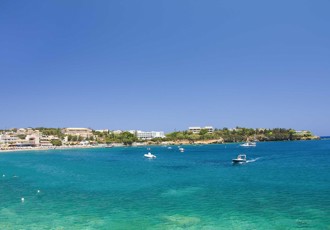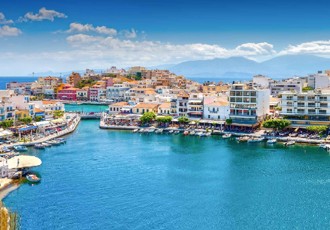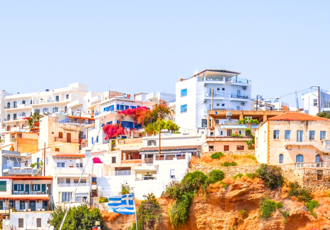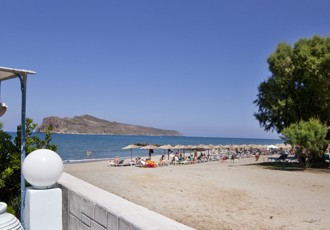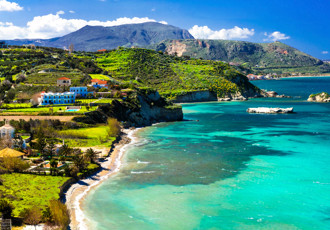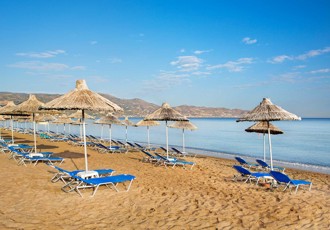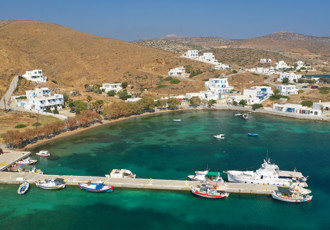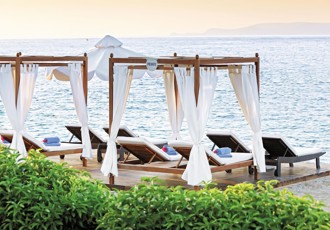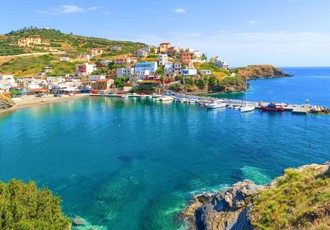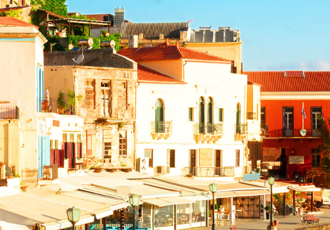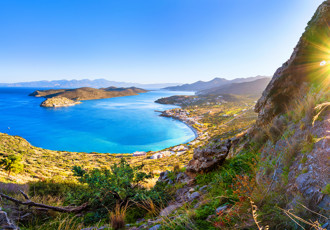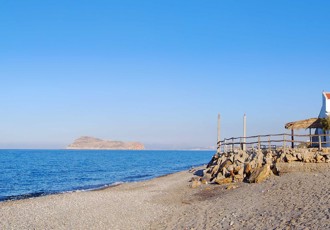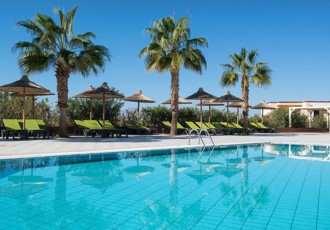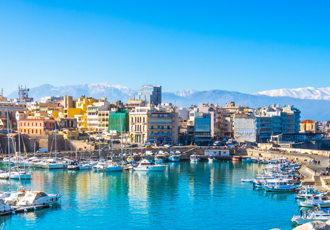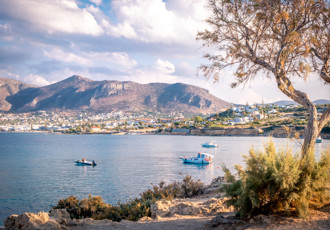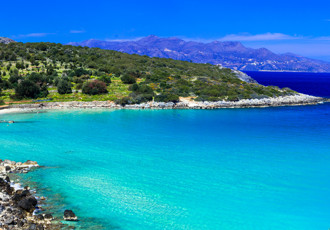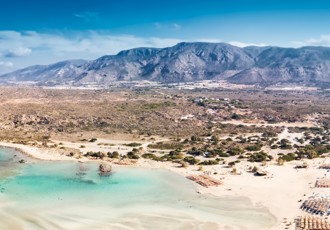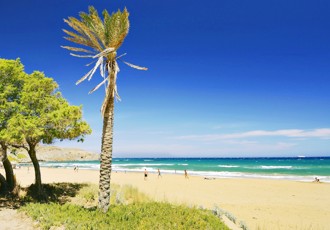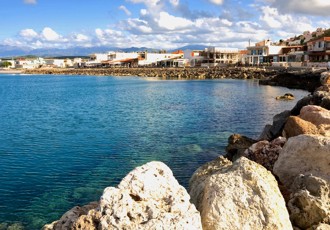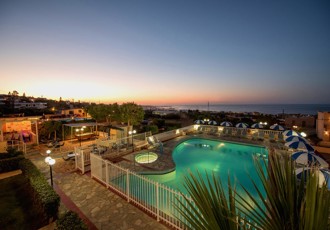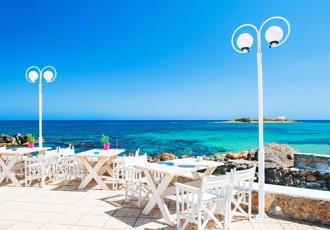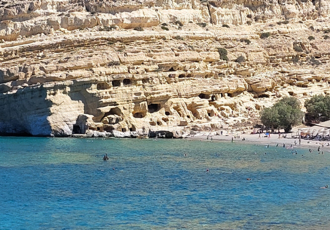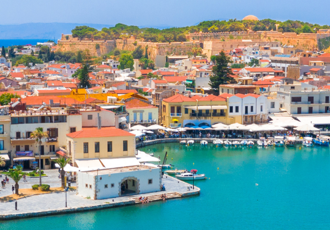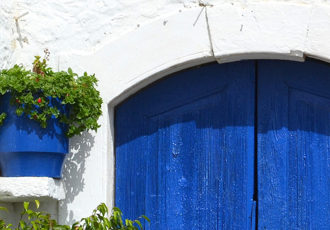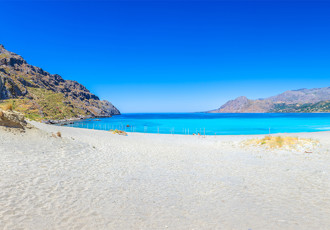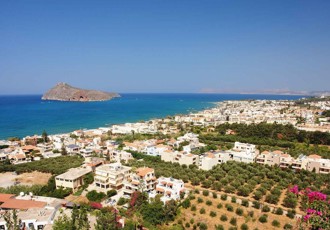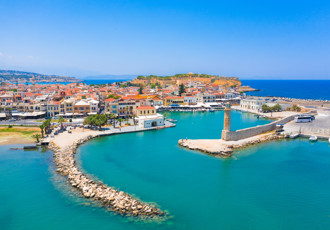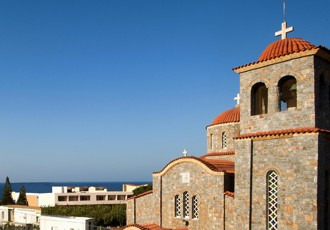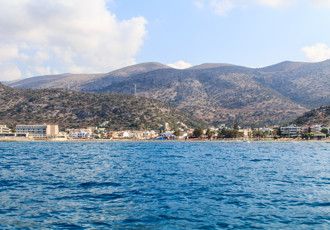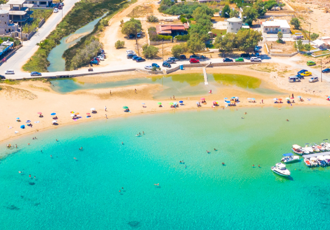Crete, Greece’s largest island, is a place where history, natural beauty, and local culture come together in perfect harmony. Famous for its stunning beaches, rugged mountains, and charming villages, Crete offers something for every kind of traveller. From exploring ancient ruins to savouring fresh, local cuisine or simply soaking up the sun on its pristine shores, Crete is a destination that effortlessly blends relaxation with adventure.
One Holiday, Multiple Islands Crete Island Hopping
Destination Profile
Crete, as the largest of the Greek Islands is a fantastic holiday destination that offers something for everyone. The island boasts some of the most stunning beaches in the world, including the pink sands of Elafonissi Beach, the turquoise waters of Balos Lagoon, and the unique Vai Palm Beach lined with natural palm trees. Whether you're seeking a relaxing day by the sea or an adventure along its rugged coastline, Crete's diverse beaches are sure to impress.
Cretan cuisine is another highlight of any visit. With its focus on fresh, local, and organic ingredients, every meal is a celebration of flavour. No matter your taste or interests, there’s a little bit of something for everyone on a Crete all inclusive holiday.
For those seeking adventure, Crete offers a wide array of activities, from diving and snorkelling to off-road explorations and paragliding. The island’s vibrant cultural scene is equally thrilling, with festivals celebrating music, dance, and wine throughout the year.
Another tempting option is the lush landscape of Richtis Gorge – richly forested, cool and green, with a welcoming waterfall to soothe tired feet and the chance to swim from the lovely pebble beach as your reward whilst on a luxury Crete holiday.
History enthusiasts will be captivated by Crete's rich heritage as the birthplace of the Minoan civilization. The island's cultural depth extends to its vibrant towns and villages, where traditions blend seamlessly with modern charm. Places like Chania with its Venetian harbour, and Rethymno with its cobbled streets and Ottoman influences, offer a glimpse into Crete’s storied past.
Easily accessible via its two international airports and well-connected ferry ports, Crete is a destination that seamlessly combines relaxation, adventure, and cultural enrichment. Whether you’re drawn by its history, landscapes, cuisine, or vibrant culture, Crete promises an unforgettable holiday experience.
Top Hotels in Crete
Crete Top 10
If you're planning a holiday to Crete, take a look at our top 10 things to see and do during your holiday. From splashing out at a water park to searching for ghosts on a day trip, Crete has so much to offer!
Crete Travel Advice
Bus: Public buses in Crete are a convenient and easy way to get around and see much more of the island.
Taxi: Getting around by Taxi during Crete holidays is a cheap and simple way of exploring this beautiful destination.
Car: An excellent way of exploring during Crete holidays. A car hire gives you complete flexibility.
Frequently Asked Questions
How many days in Crete is enough?
The perfect length of your holiday to Crete will depend on how much you want to see and do. We recommend at least 7 nights in Crete to get a chance to fully experience the gorgeous beaches, landscapes, charming villages and fascinating historical sites the island has to offer.
Is Crete expensive for food and drink?
The island is home to a range of upscale restaurants as well as tavernas offering great value for money. Those visiting Crete will be pleased to find they can find amazing meals and drinks within their budget. Main dishes are found at around 8 euros (£6) and large seafood dishes go for roughly 15 euros (£12). A local beer can be purchased for less than £4 when eating out, and for less than £1 from a grocery store.
Is Crete good for families?
Crete is a fantastic destination for family holidays. There are a wealth of activities for families to partake in together, but the main attraction is certainly the long stretch of sandy beaches nested against calm blue waters. For those seeking to entertain little ones, look no further than the many waterparks, museums and kid centric aquariums.
Is Crete safe?
The crime rate in Crete is extremely low and the island overall is considered very safe. While it is always good to employ extra awareness while travelling abroad, many families and young children explore the island in the evenings, and solo travellers also report feeling comfortable in Crete alone.
What is the rainiest month in Crete?
December and January are usually the wettest months on the island, experiencing an average of 90mm of rain.
Which is the main airport in Crete?
Heraklion International Airport is the primary airport in Crete, as well as Greece's second busiest (after Athens International). There is also an airport in Chania, Crete.
How is it best to get around Crete?
The majority of holidaymakers exploring Crete get around via car hire. There are also many ways to get around the island without hiring a car including public transport, boats and taxis.
Where to stay Crete











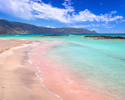
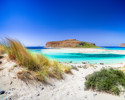
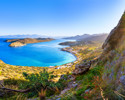
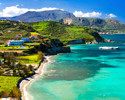
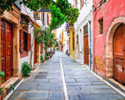
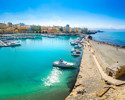
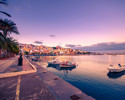
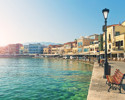
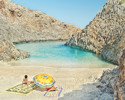
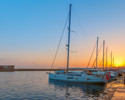
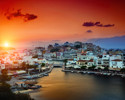
Date last updated:



